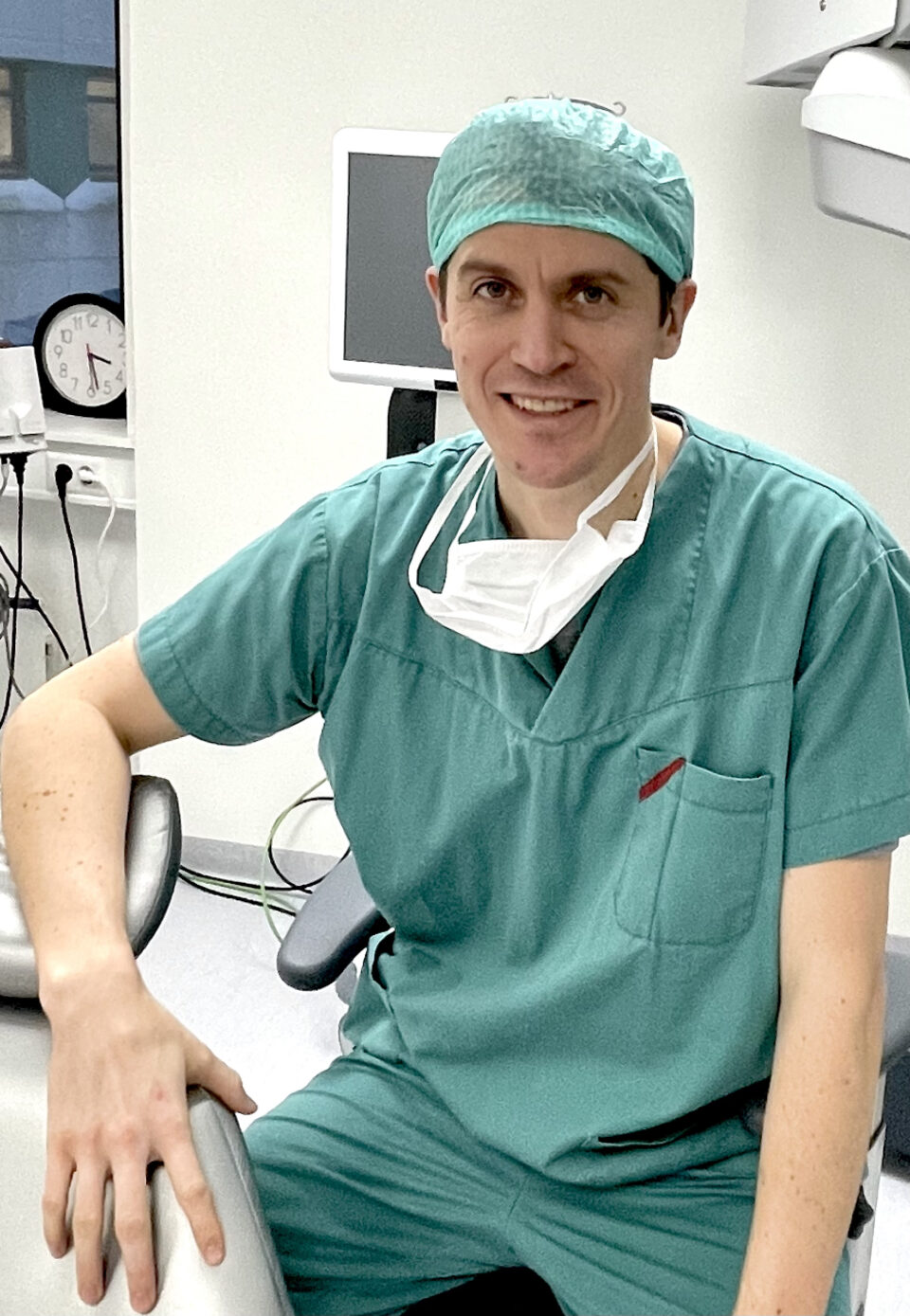Outcomes of modern cataract surgery | Surgery video | Alexander S. Thrane
In this short lecture, Alexander Thrane explains when and how we treat cataracts, along with what intraocular lens options are available. Also, he emphasises the important role optometrists can play in the modern cataract care pathway.
Key learning points of this talk
- Cataract should be treated when vision is reduced and can’t be adequately improved by spectacles or if it causes other bothersome visual phenomena, like glare.
- Modern cataract surgery with phacoemulsification is a routine outpatient procedure with low complication rates that can significantly improve quality of life.
- The standard intraocular lens choice is monofocal hydrophobic acrylic, which provides clear distance vision if targeted to emmetropia.
- Near vision can be improved with monofocal lenses by targeting a degree of monovision, especially in patients who already tolerate monovision pre-op.
- Spectacle freedom at near, intermediate and distance can be achieved with trifocal intraocular lenses or similar technologies, but not all patients are suited.
- Astigmatism can be effectively treated with toric intraocular lenses, either monofocal or multifocal.
- Optometrists can play an active and important role in cataract detection, patient information, referral and postoperative follow-up.


